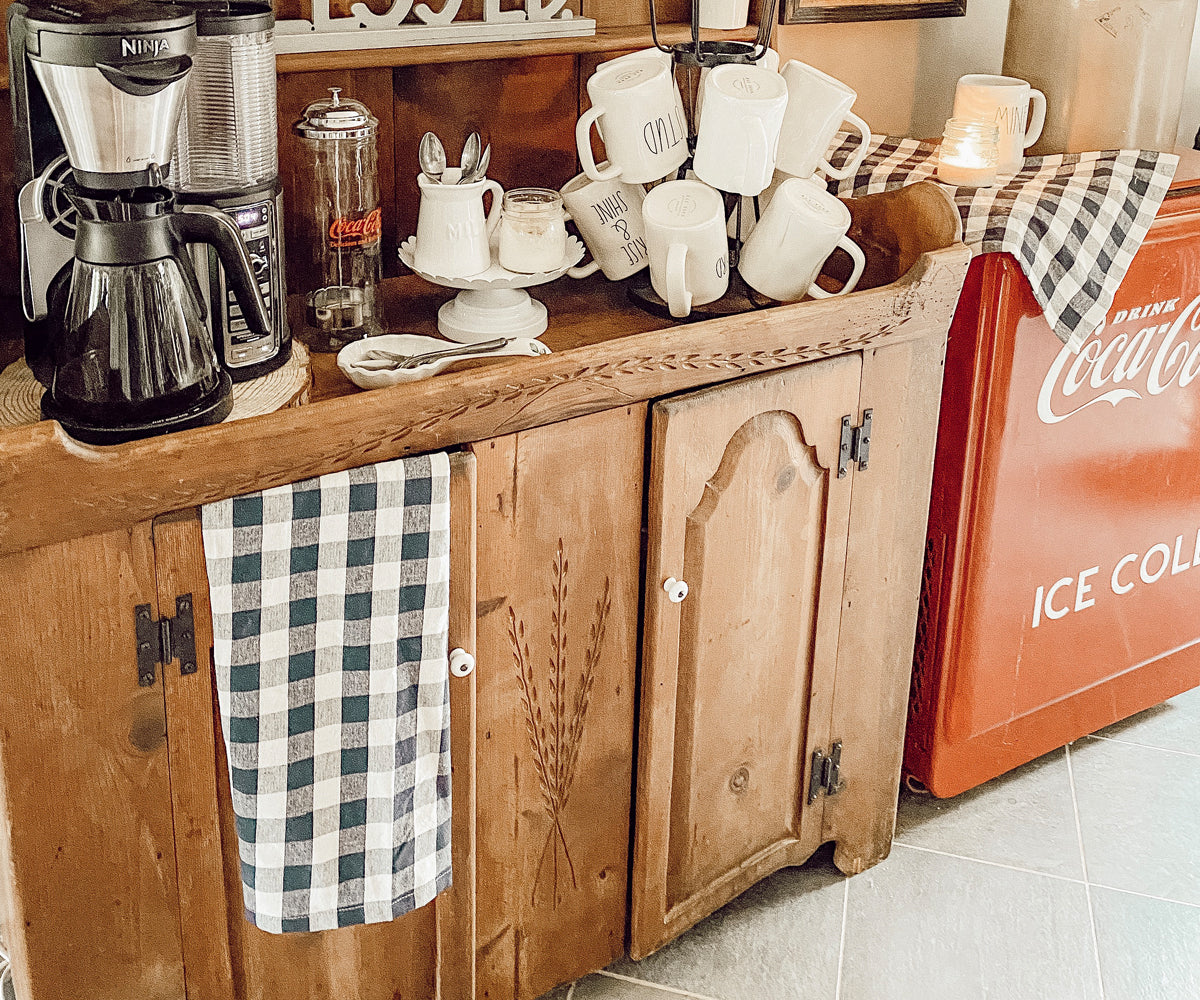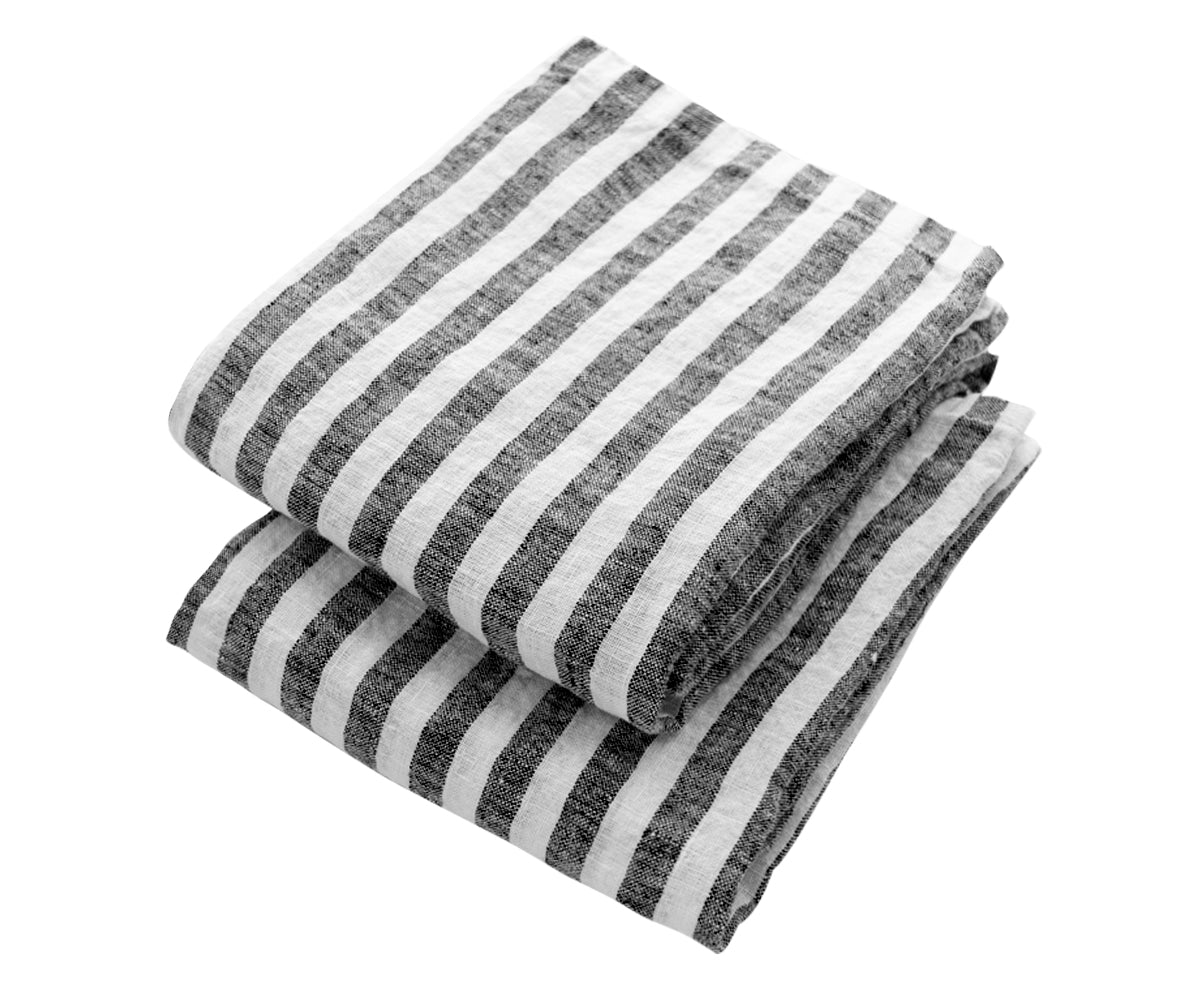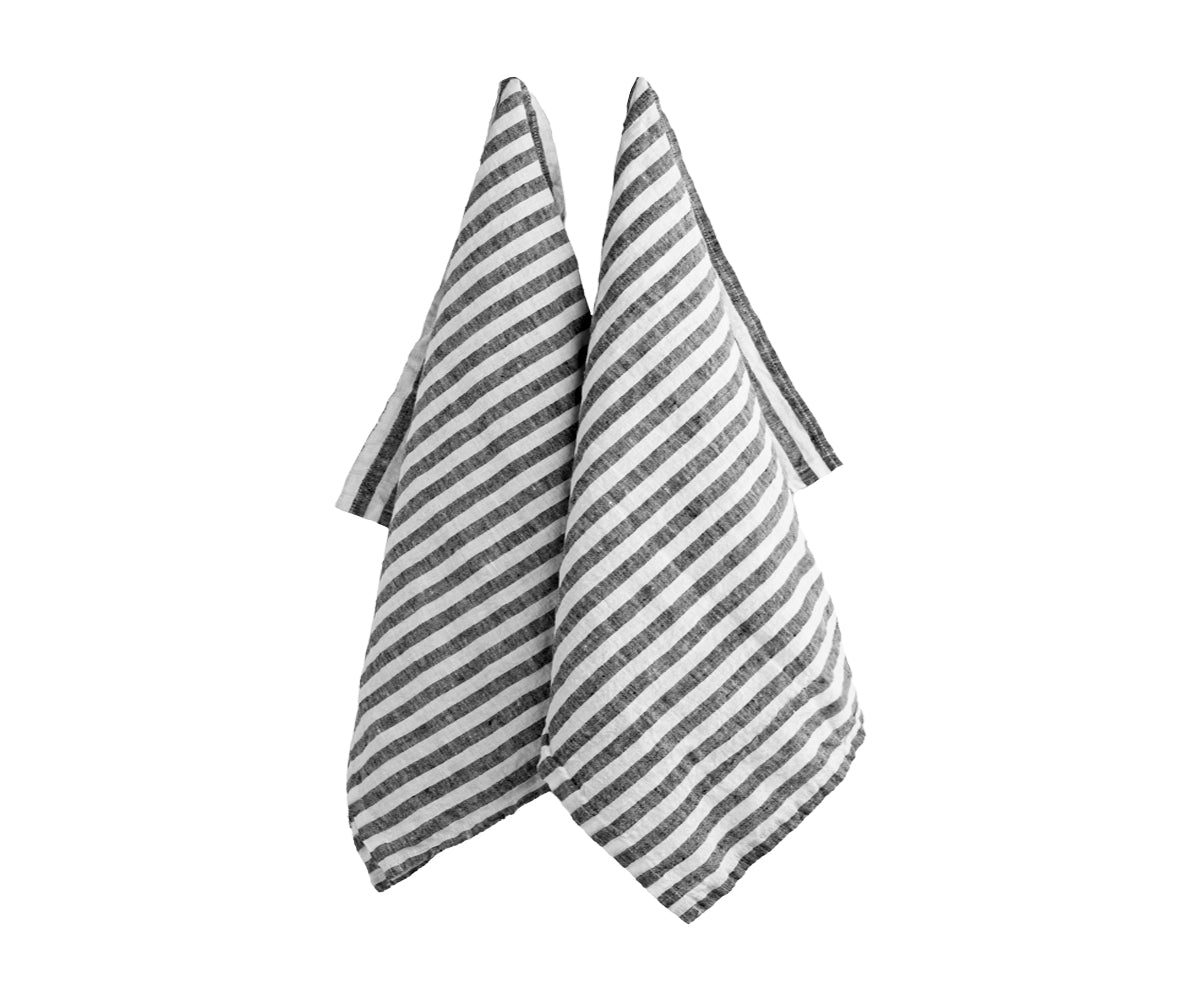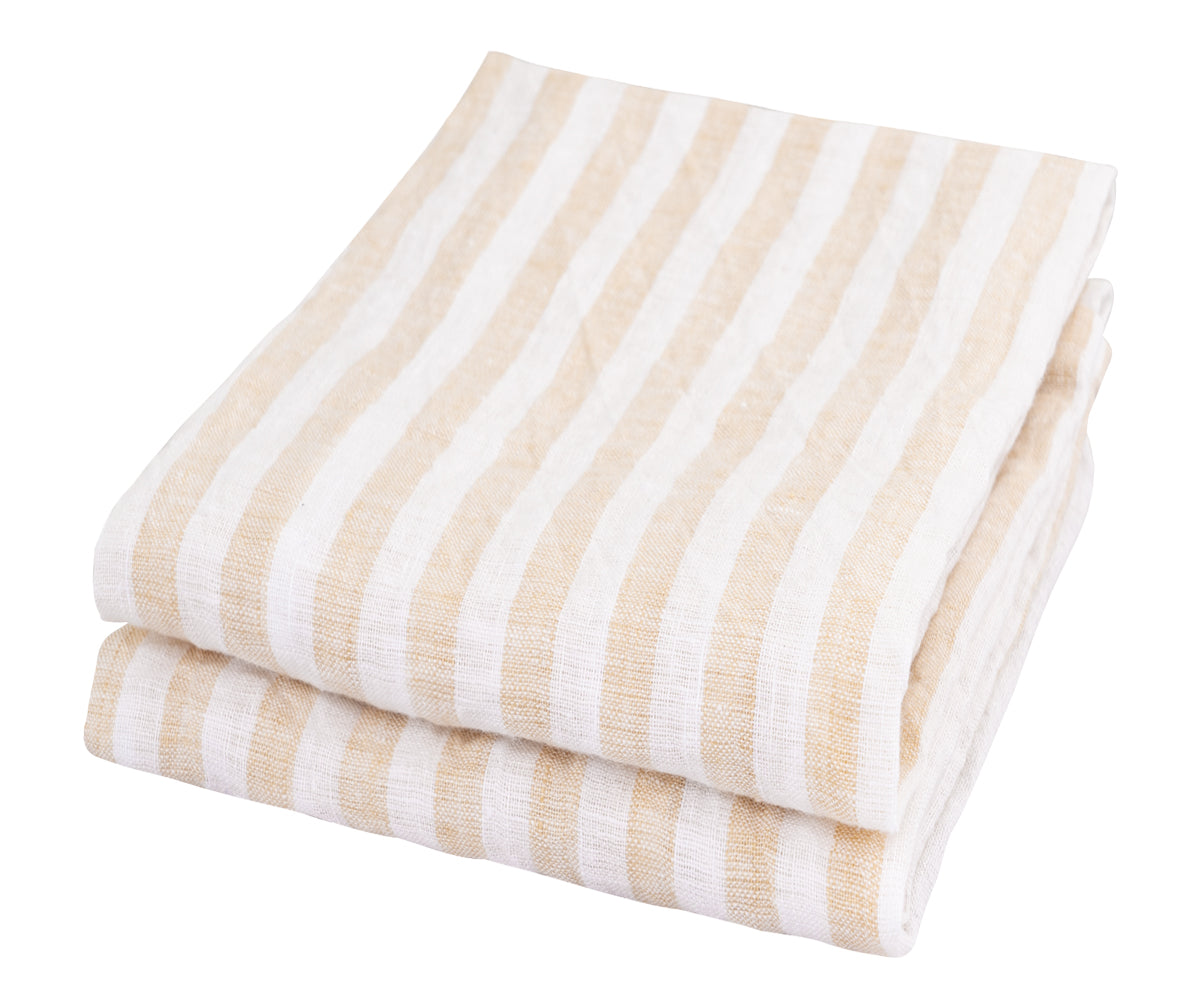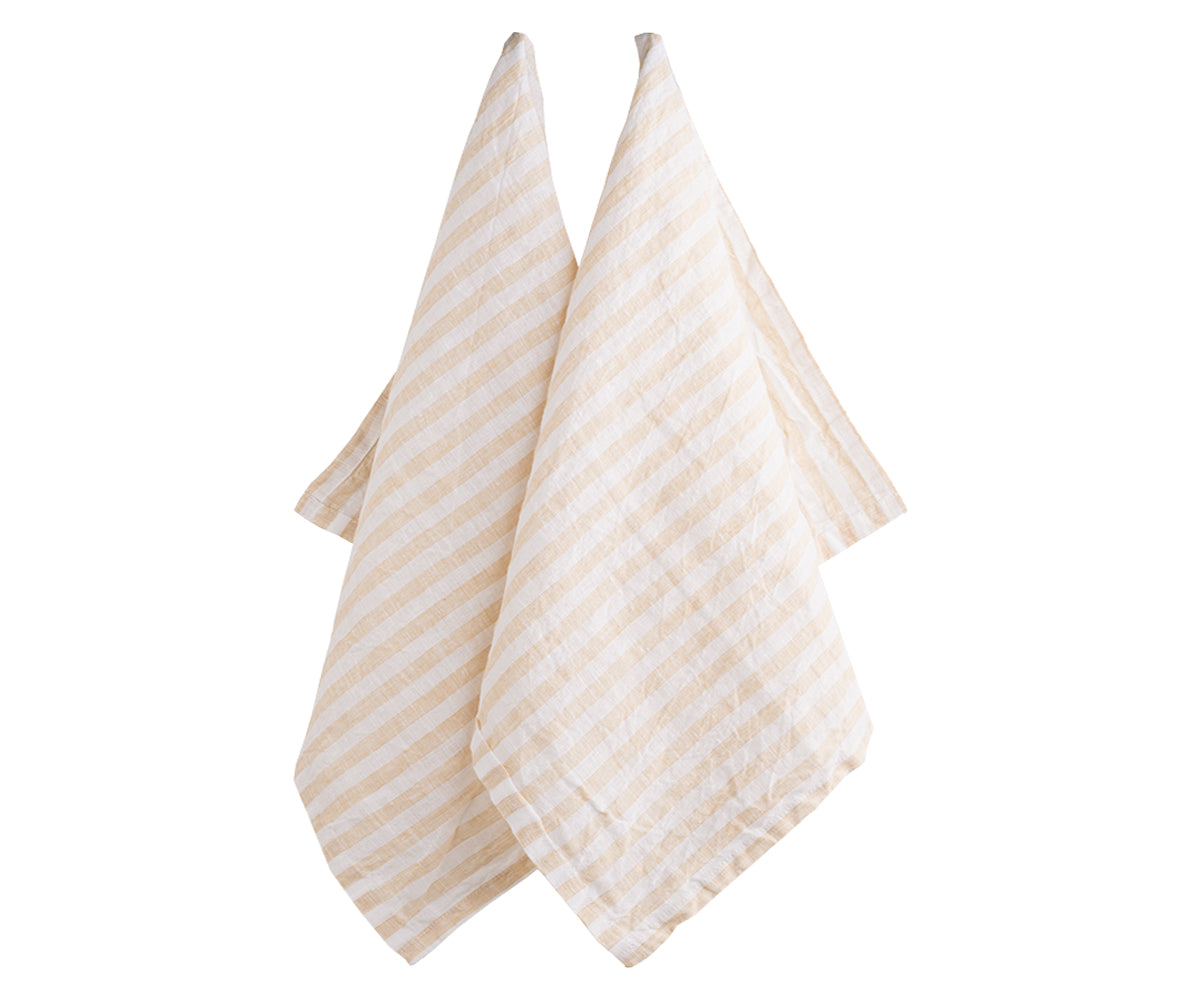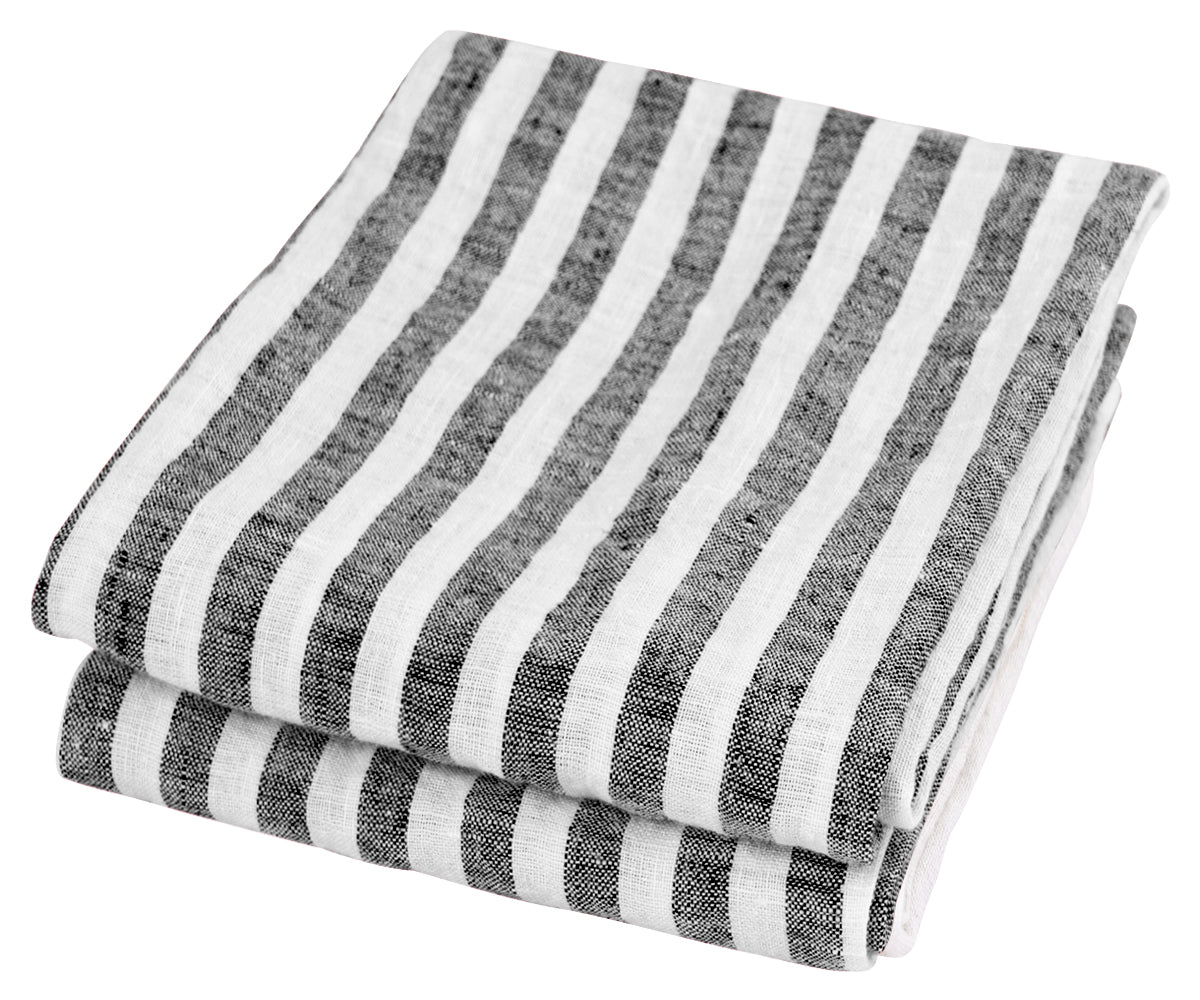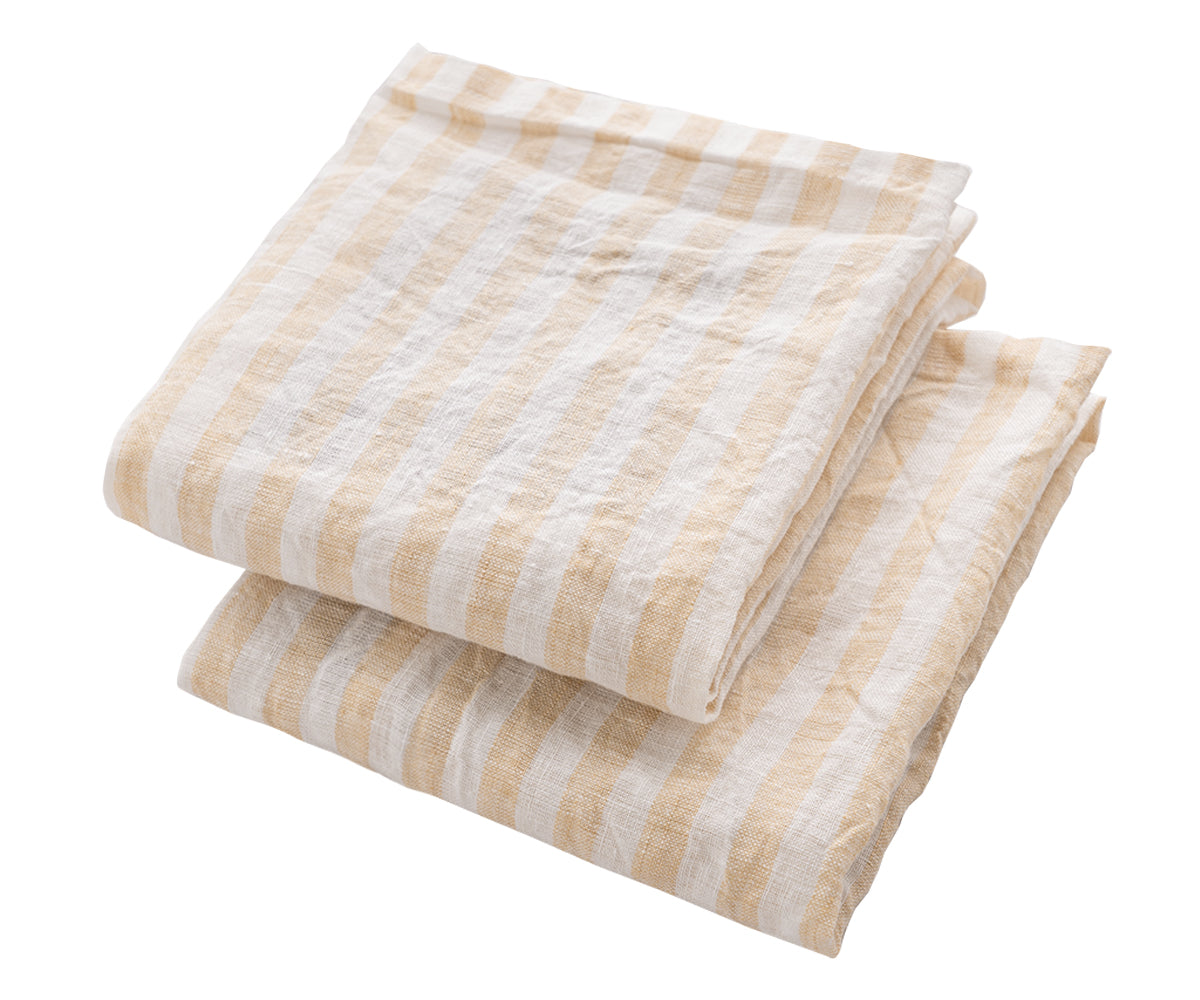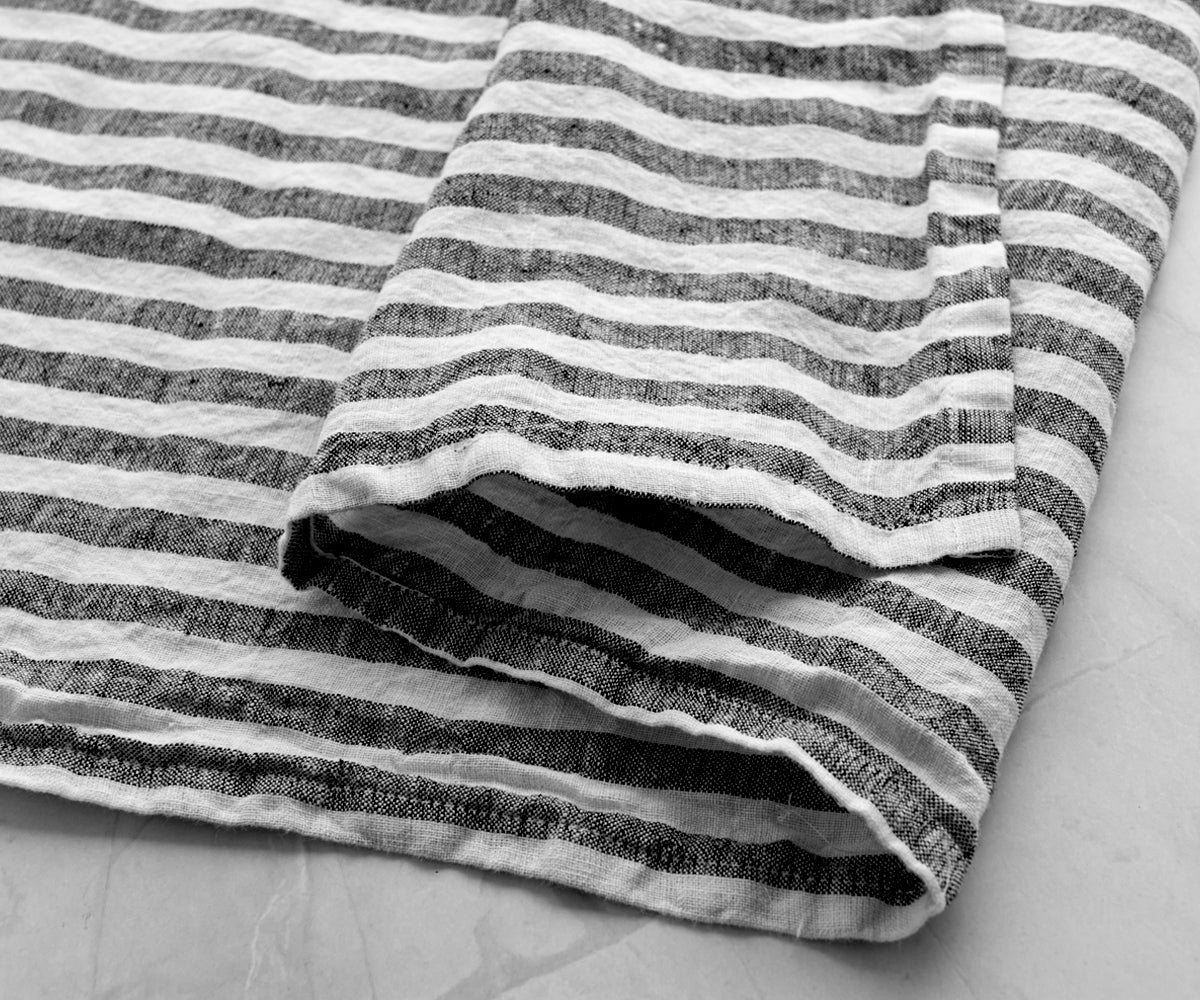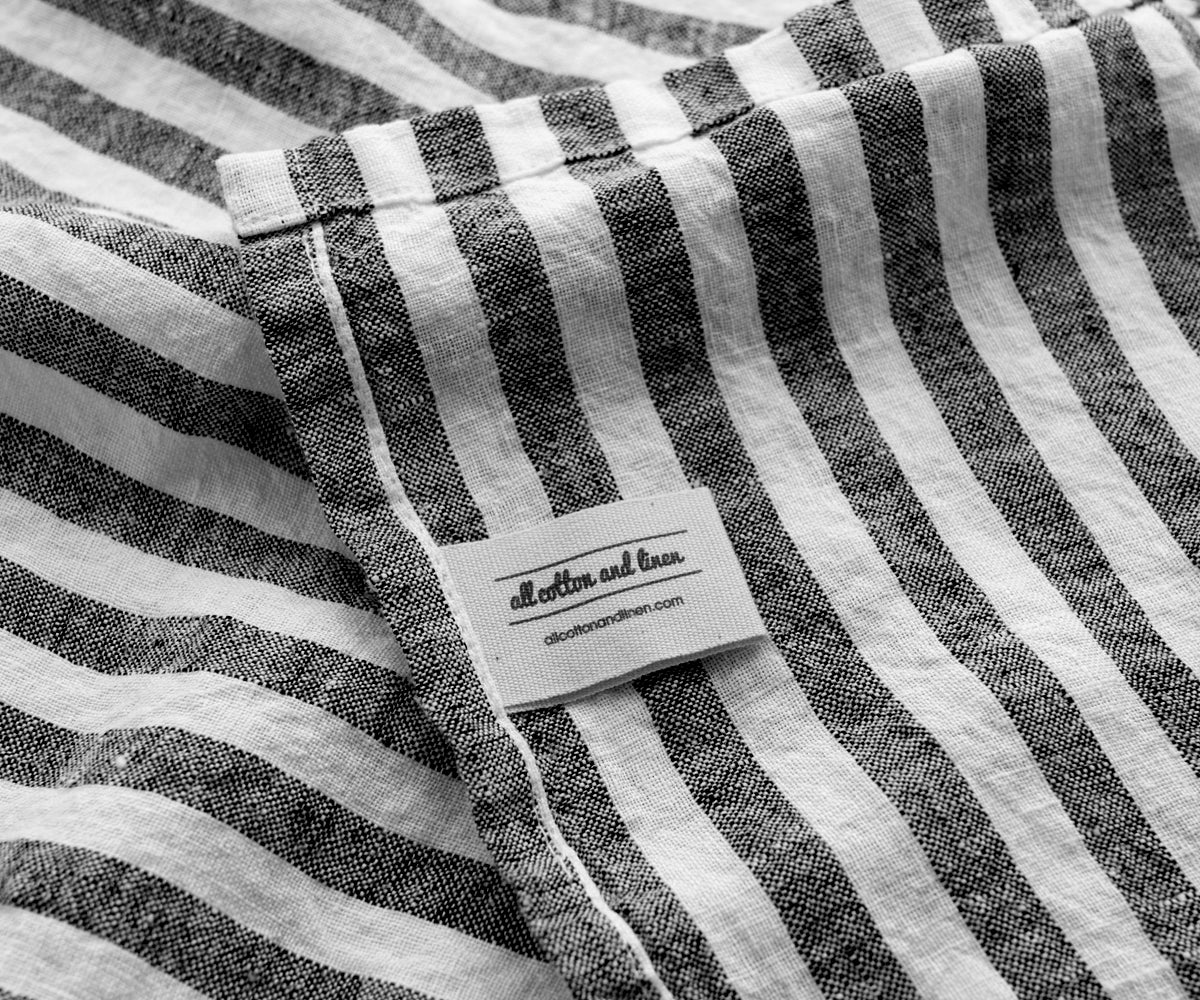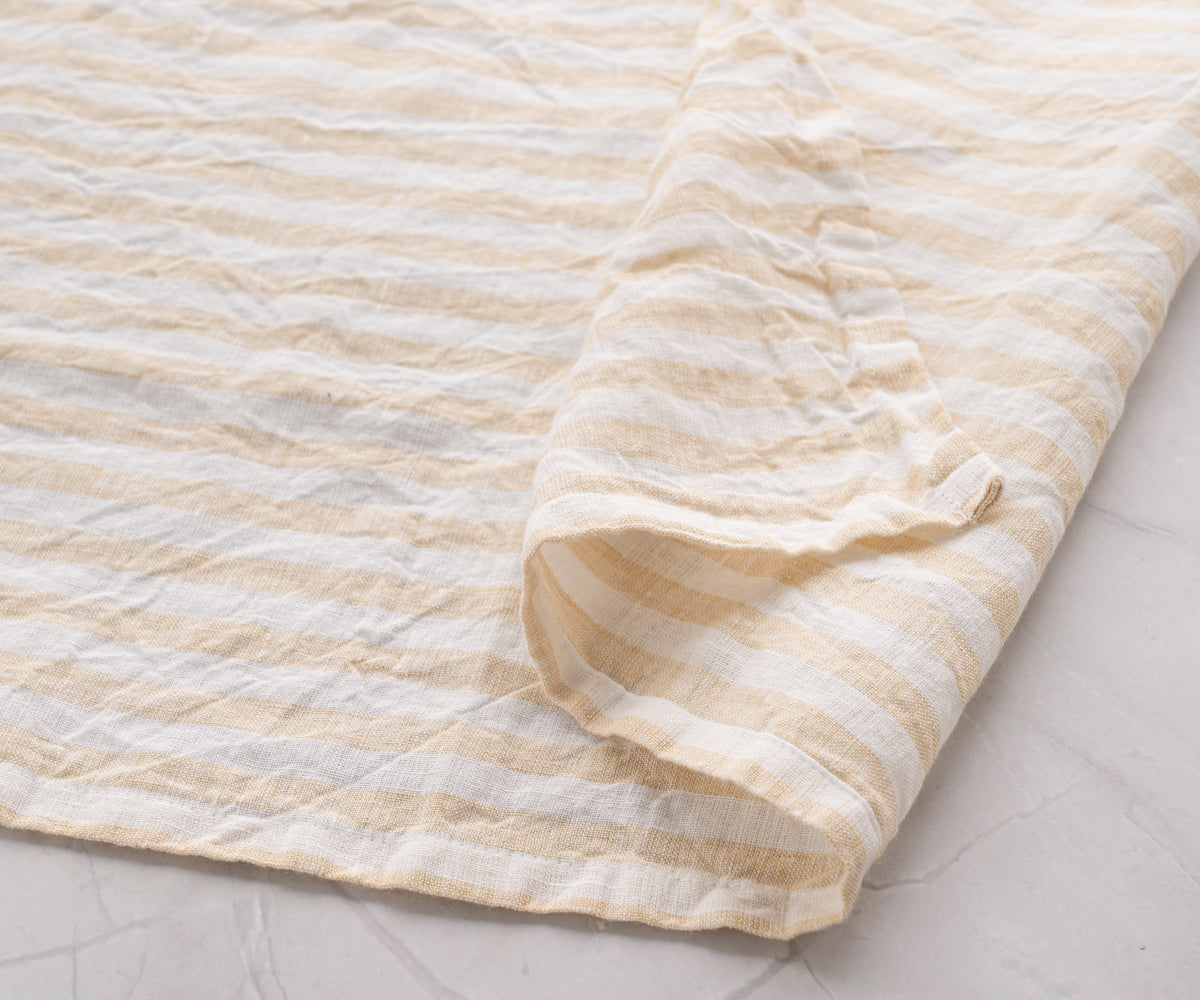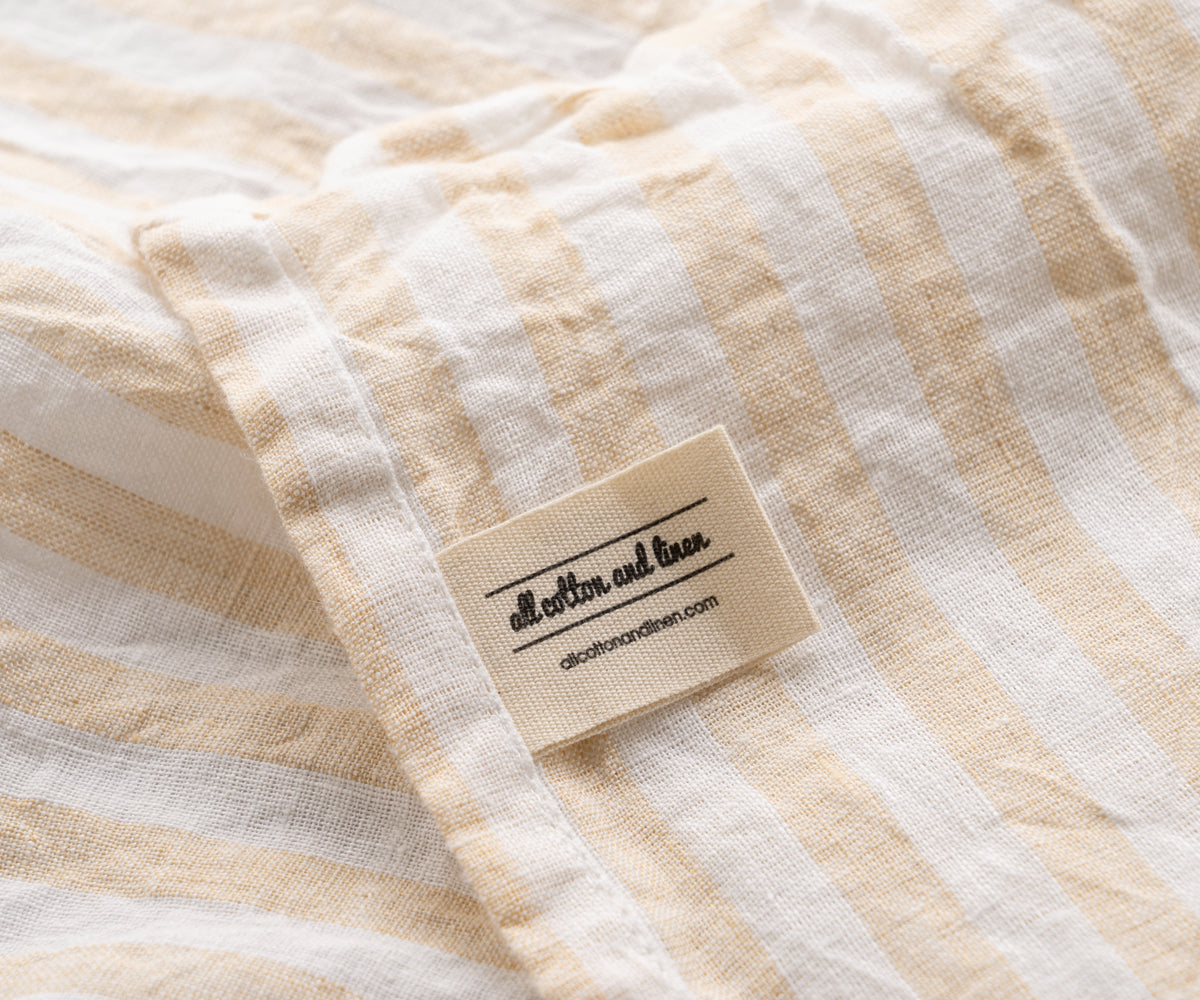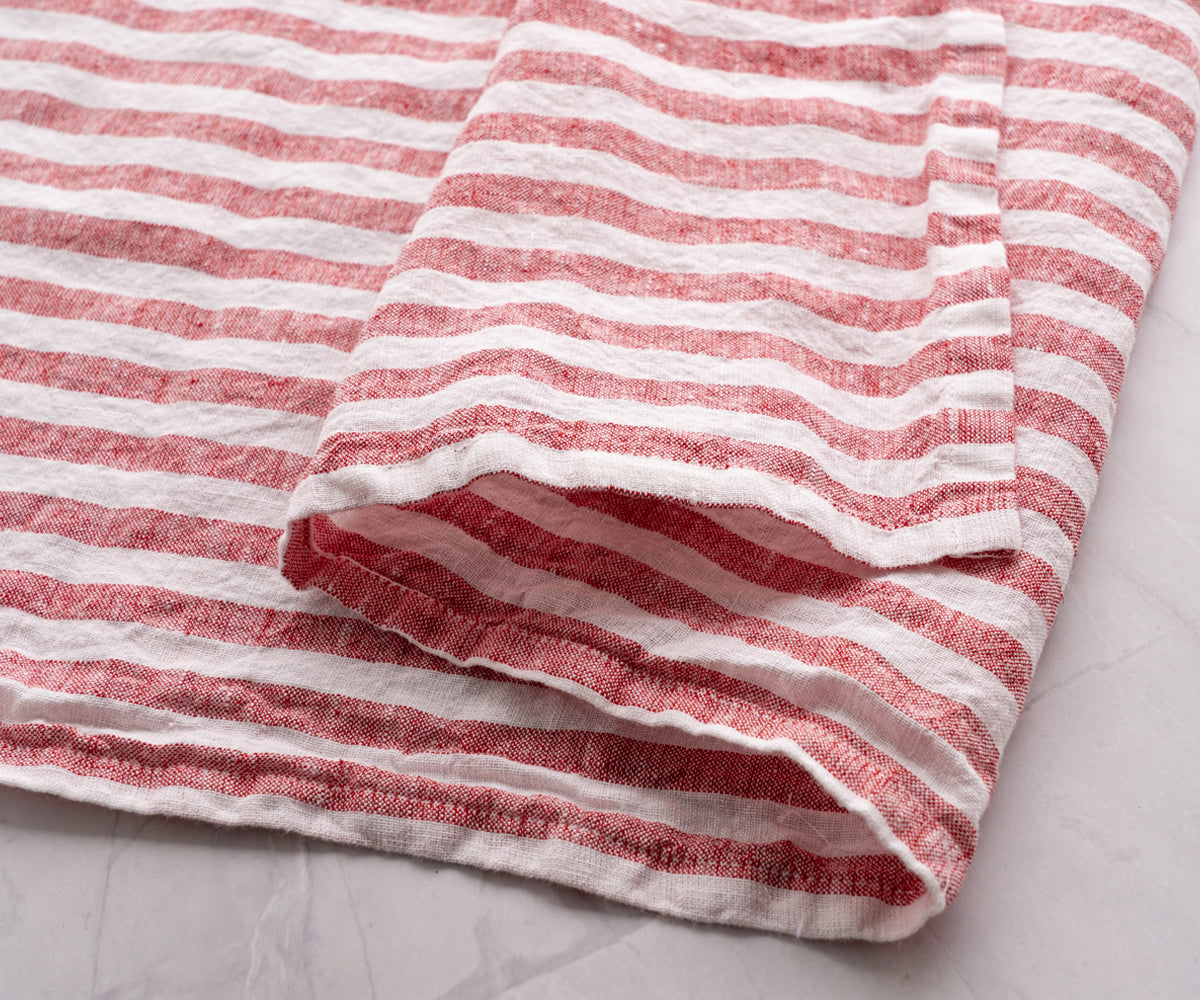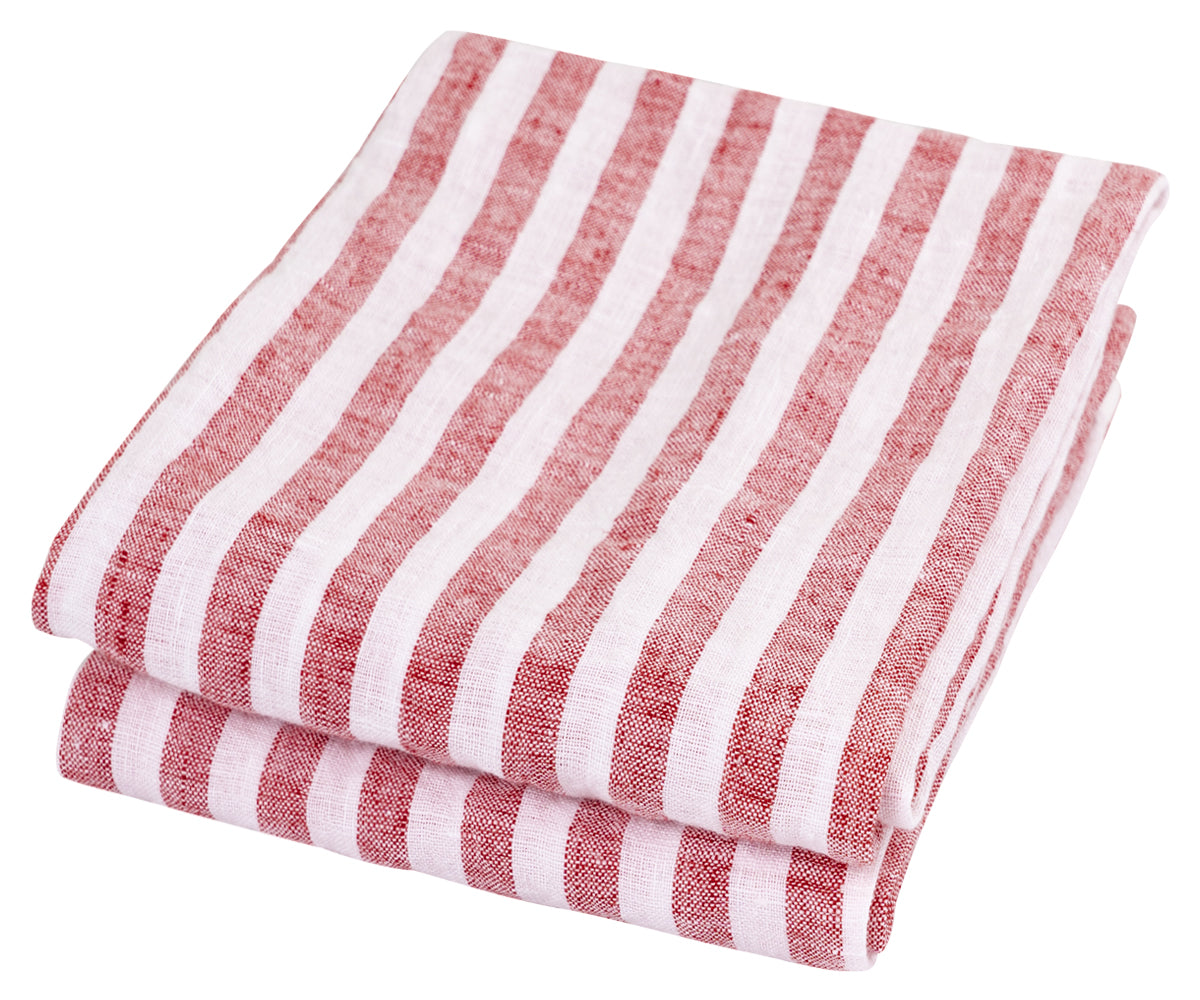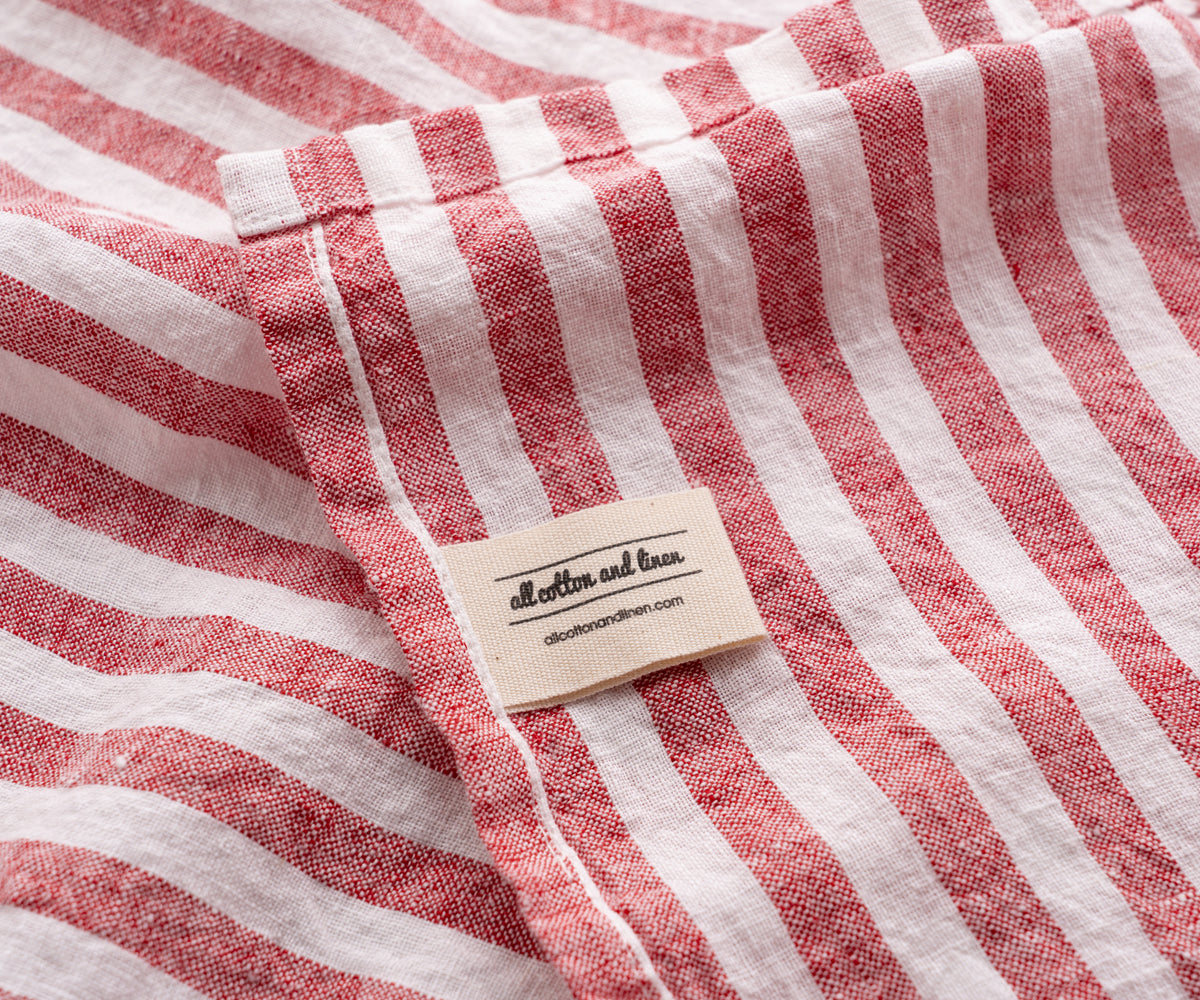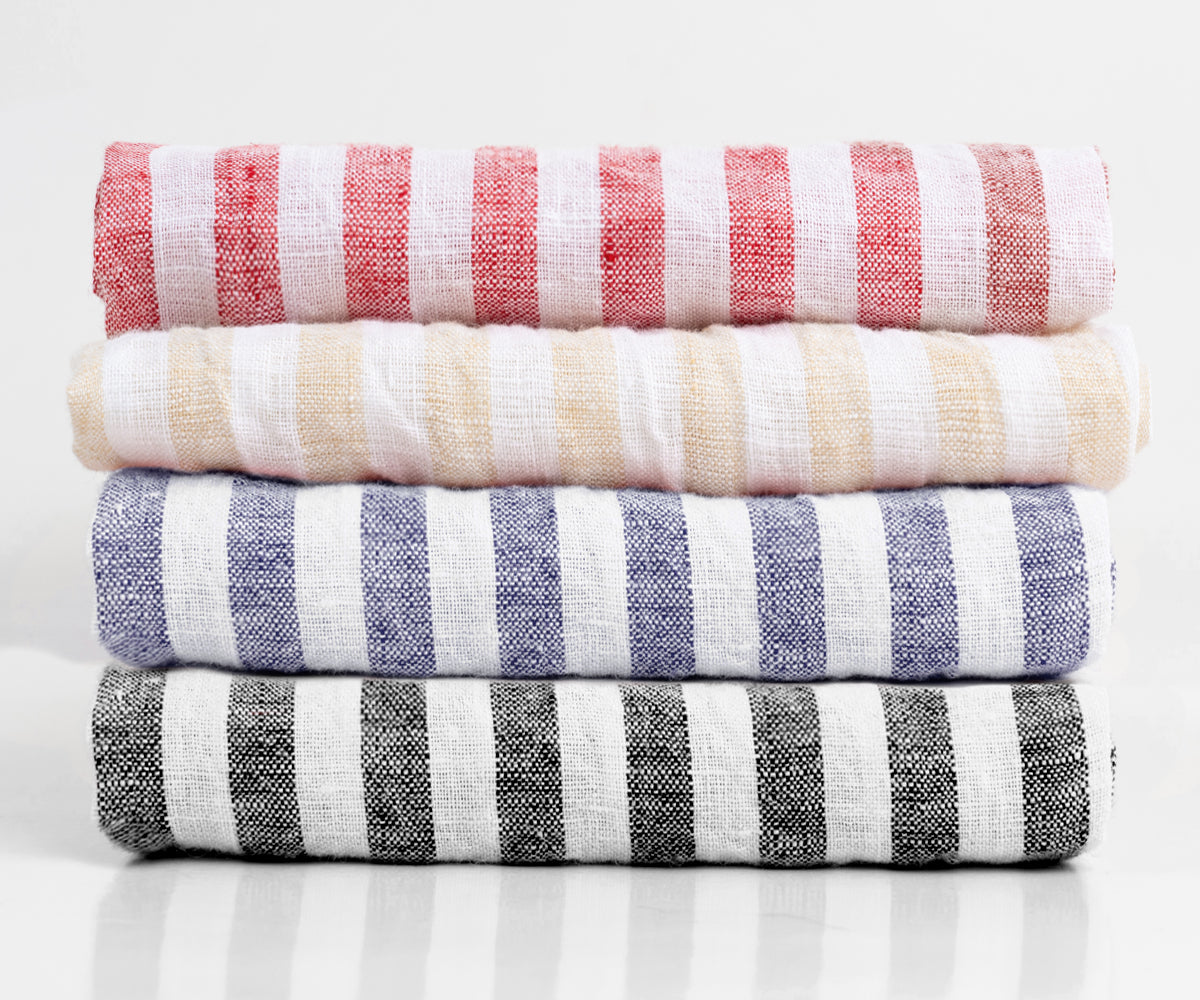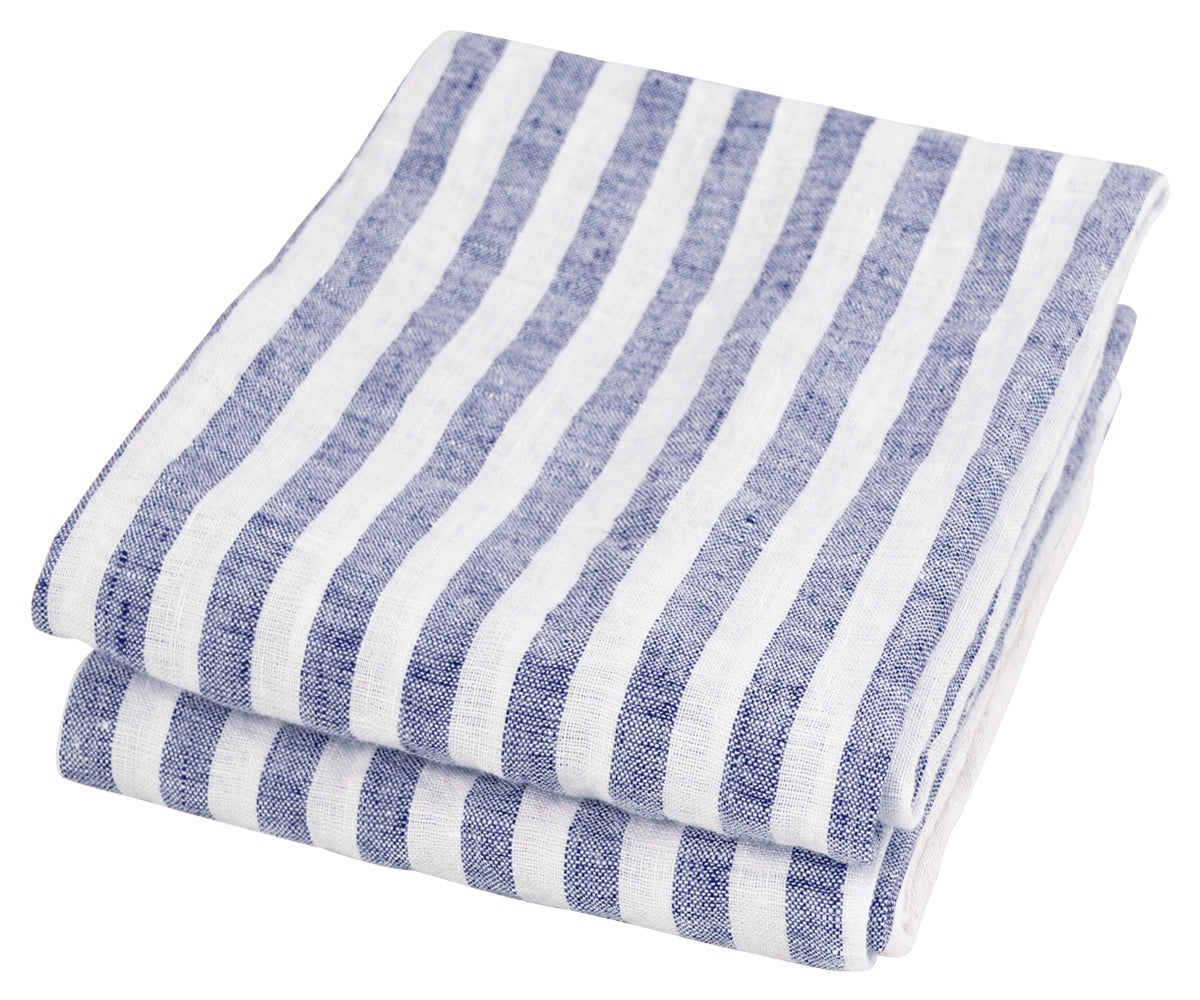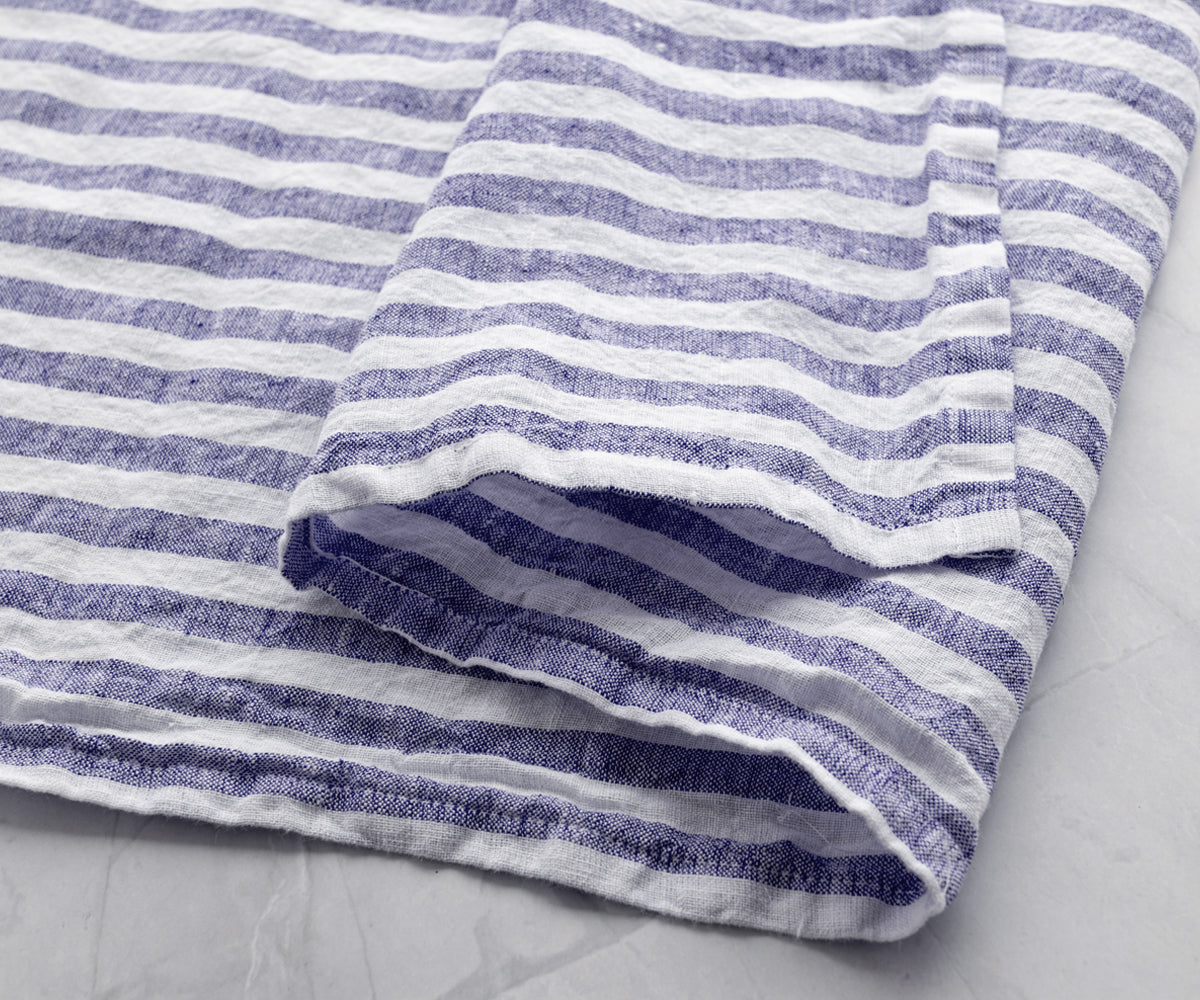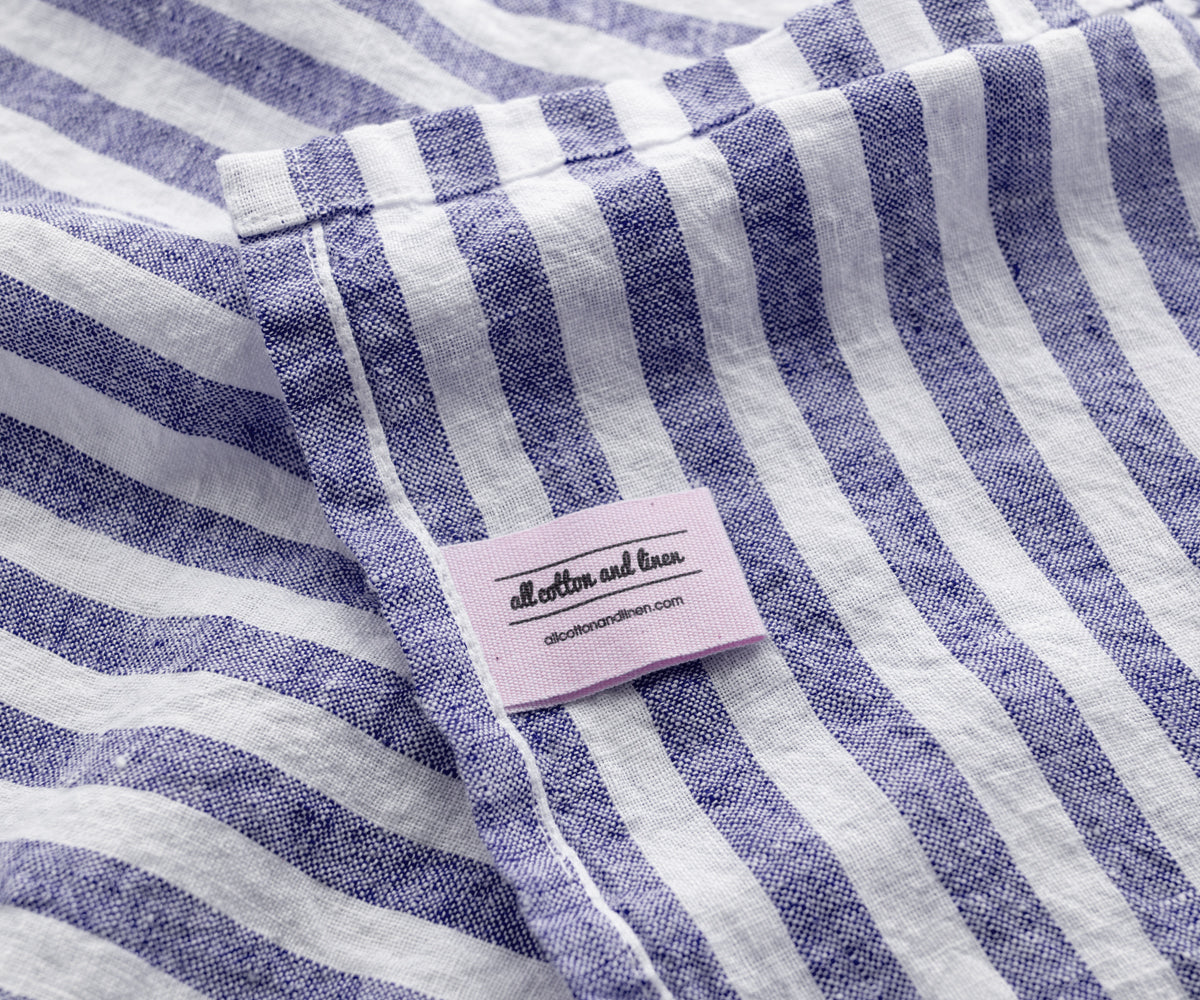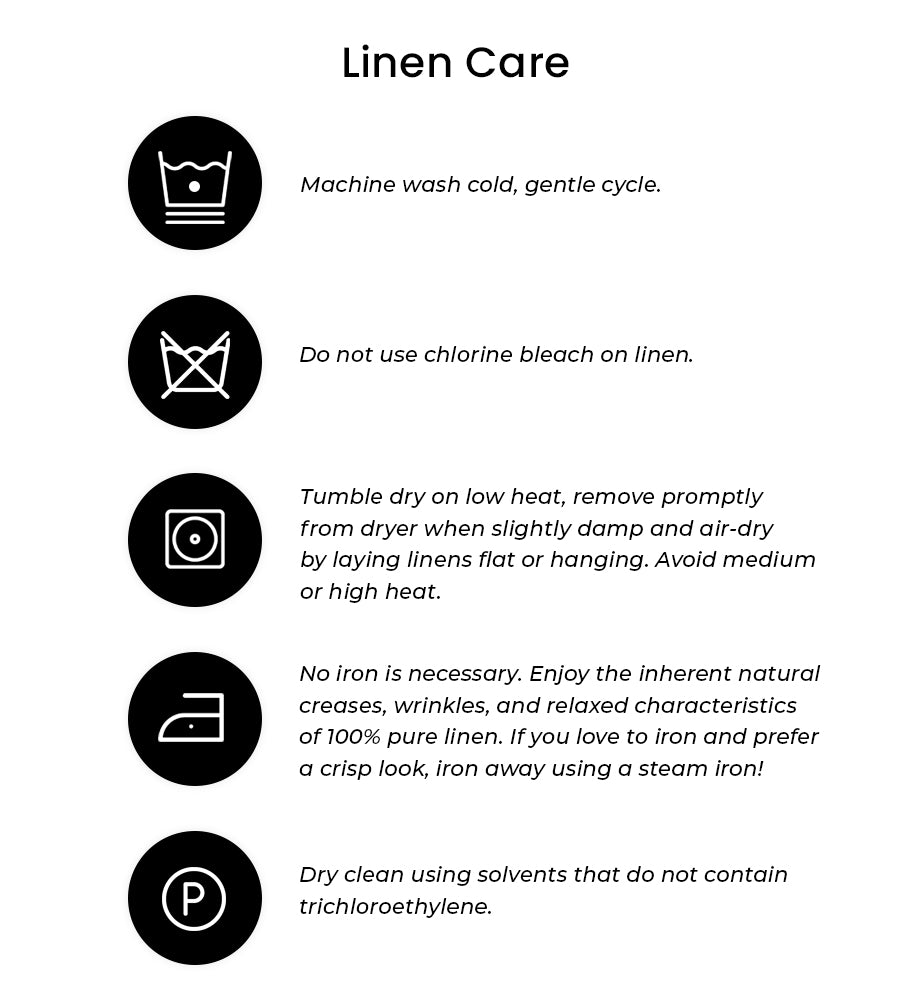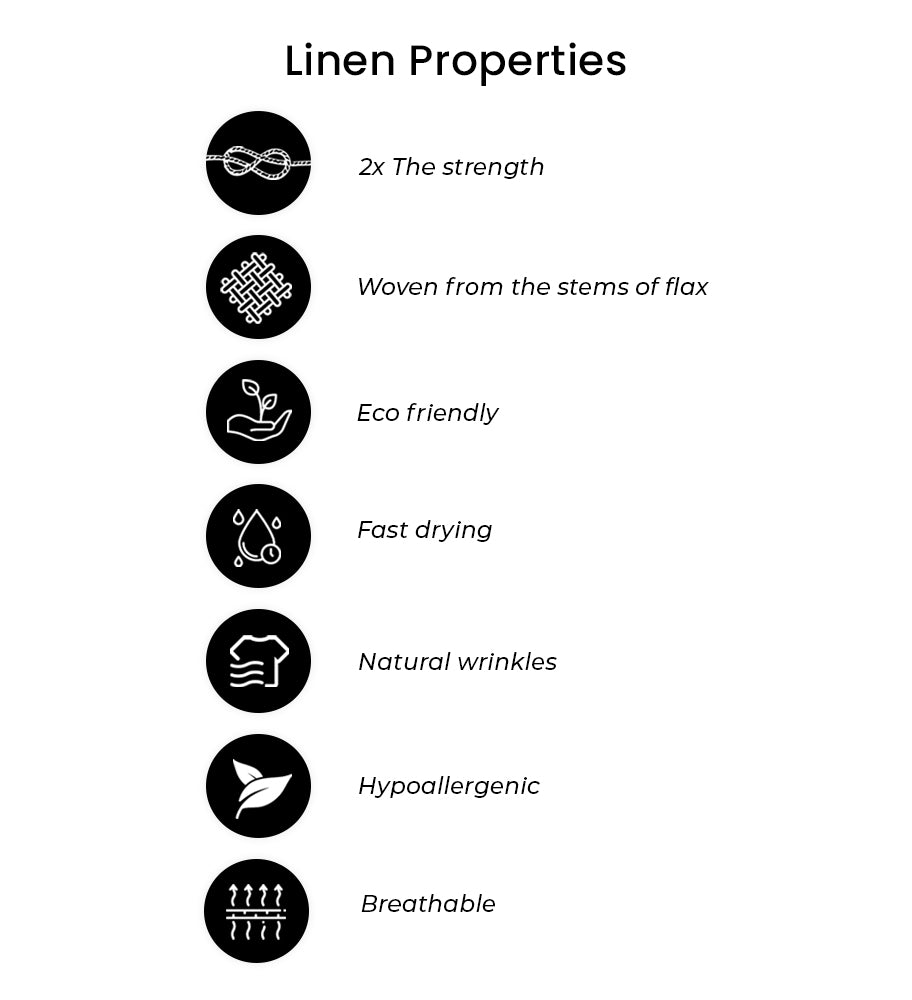The Foundation: Choosing the Right Tablecloth
The first step in preventing tablecloths from slipping is selecting the right tablecloth material. Opt for a tablecloth with a textured or slightly rough surface, as these fabrics tend to grip the table better. The linen tablecloth and cloth tablecloth, which have cotton blends, are excellent options. Avoid slick, smooth materials like satin or silk, as they are more prone to sliding.

Tablecloth Clips and Clamps
Tablecloth clips and clamps are simple yet effective tools to keep your tablecloth in place. These discreet accessories fasten the tablecloth to the table's edges, preventing unwanted movement. They come in various designs, such as classic clips, adjustable clamps, and decorative holders that add a touch of elegance to your vintage tablecloth setup.
Double-Sided Tape: A Practical Solution
Double-sided tape can be a lifesaving tool when it comes to keeping tablecloths from slipping. Place small strips of tape along the edges of the table before laying down the fabrics like party tablecloths. Press the cloth firmly onto the tape, and you'll create a secure bond that can withstand minor tugs and movements.

Velcro Fasteners for Stability
Velcro fasteners offer a versatile solution for securing outdoor tablecloths. Attach one side of the Velcro strip to the underside of the table and the other to the tablecloth. When you place the tablecloth on the table, the Velcro strips will interlock, preventing any slippage. This method is especially useful for outdoor events or windy conditions.
Nonslip Rug Pads: Surprisingly Effective
Nonslip rug pads, typically used to keep rugs in place, can also work wonders for 60 inch round tablecloths. Cut the rug pad to fit the dimensions of your table, place it on the table's surface, and then lay the linen tablecloth over it. The rubbery texture of the pad provides a strong grip that prevents both the tablecloth and the pad from slipping.

Weights and Anchors
For a creative and stylish solution, consider using decorative weights or anchors to keep your tablecloth secure. These can include charming stone or metal weights that hang discreetly from the spring tablecloth's hem, adding both functionality and aesthetics to your table setting.
Tension Rods: A Clever Trick
Tension rods are not just for hanging curtains; they can also be employed to prevent tablecloths from slipping. Place tension rods vertically along the length of the table, positioning them beneath the tablecloth. The pressure created by the rods will help hold the tablecloth in place.
Elastic Cord or Bands
Elastic cords or bands can be stretched across the underside of the table, holding the tablecloth securely in place. These bands are especially useful for round tables, where tablecloth slippage can be more pronounced due to the absence of corners to anchor the cloth.

Weave and Knot Technique
Create a homemade solution by weaving and knotting a durable cord through the tablecloth's hem. Attach the cord ends beneath the table, ensuring a snug fit. This method not only prevents slippage but also adds a rustic thanksgiving tablecloths atmosphere, handmade touch to your table decor.
Ironing and Folding Techniques
Properly ironing and folding your tablecloth can contribute to its stability. Start by ensuring the table surface is clean and smooth. Iron the tablecloth before placing it on the table, paying particular attention to the edges and corners. Neatly fold and tuck any excess fabric beneath the table's edge for a cleaner appearance and added security.
An elegant table setting is a reflection of your attention to detail and aesthetic sensibilities. By following the tips and techniques outlined in this essential guide, you can bid farewell to the slipping tablecloths and create a dining experience that is not only visually stunning but also hassle-free. Whether you opt for discreet clips, creative anchors, or simple DIY solutions, your tablecloth will remain in place, allowing you and your guests to focus on enjoying the meal and each other's company.

